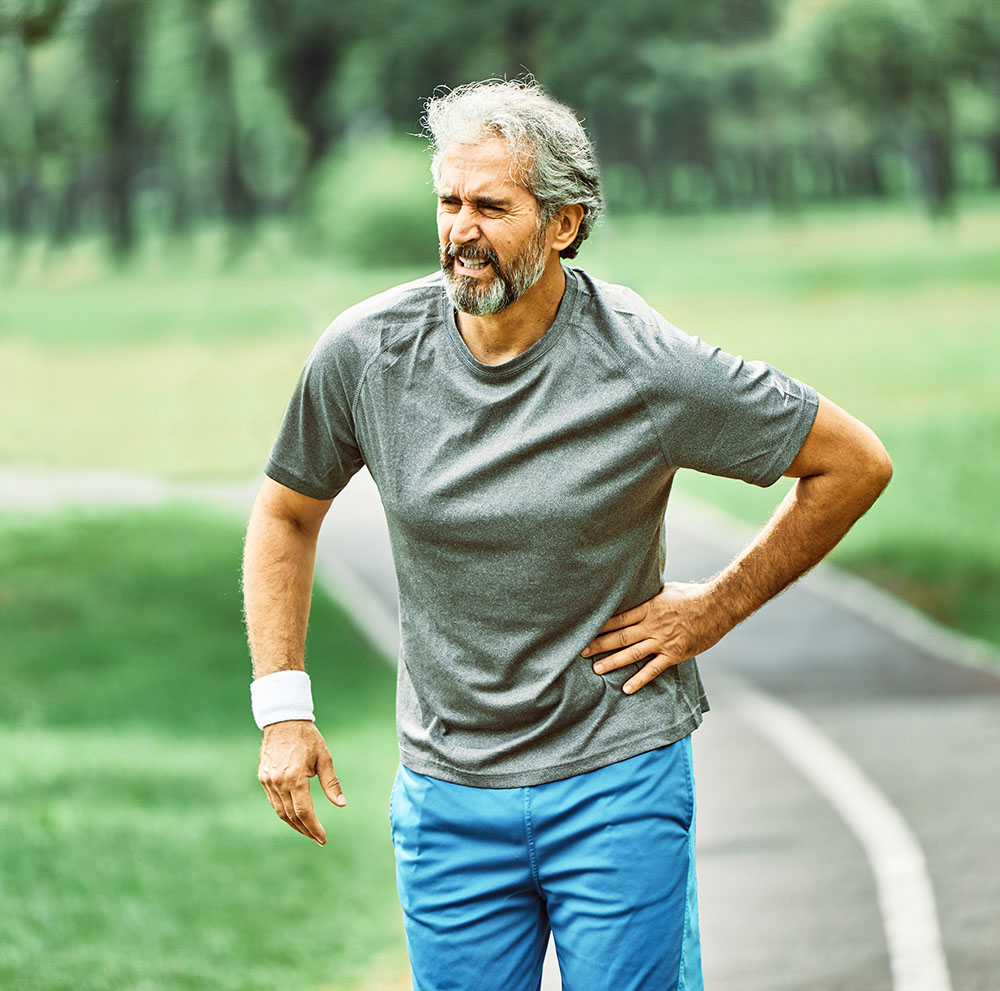If your hips ache after a long day of sitting—or if you feel a sharp twinge every time you try to squat, lunge, or just get moving—you’re not alone. Hip joint pain is one of the most common complaints we see at Progressive Mobility, especially from people who spend long hours at a desk and still expect their body to perform when it’s time to train.
The good news? You don’t have to live with it—and all that advice you’re getting to ‘rest it’ and ‘try this stretch’ aren’t going to work.
Let’s break down what’s really going on, and more importantly, what you can do about it.
Why Does Hip Joint Pain Happen?
Your hip is a ball-and-socket joint, meaning it thrives on full, dynamic movement. But when you sit for 6–8 hours a day (or more), that joint stays in a compressed, flexed position. Over time, that can lead to:
- Tight hip flexors (like the psoas and rectus femoris)
- Glute inhibition, meaning your strongest muscles aren’t firing properly
- Joint compression and reduced space for smooth, pain-free movement
- Changes in pelvic posture, which affects how you move at the gym and even during everyday activities
When you go from hours of sitting to immediately jumping into squats or a workout, your hips aren’t ready for it—and that’s when pain or irritation sets in.
It’s Not Just Tightness. It’s Control.
Many people think they just need to stretch more, but hip joint pain is often more about coordination and control than flexibility. If your hips don’t know how to move well—especially under load—they’ll start compensating, and that’s when discomfort (or injury) can creep in.
At Progressive Mobility, we don’t just look at the joint. We assess how your entire lower body and core work together so we can build a plan that actually works.
3 Exercises to Help Reduce Hip Joint Pain
These are some of our go-to moves to start restoring hip health after too much sitting:
1. 90/90 Hip Transitions
Great for opening up internal and external rotation in the joint.
How to do it: Sit on the floor with both legs bent at 90 degrees—one in front, one behind. Rotate between sides without using your hands. Here’s a video showing Jenn (owner/PT) performing the exercise! CLICK HERE
2. Elevated Glute Bridges
This re-activates the glutes and offloads the hip flexors.
How to do it: Lie on your back with feet elevated on a bench or box, drive through your heels, and squeeze your glutes at the top.
3. Banded Lateral Walks
Builds strength and stability through the hip abductors (a big weak point in desk workers).
How to do it: Place a resistance band above your knees, bend slightly at the hips, and step sideways with control.
Still Dealing with Hip Pain? Let’s Figure It Out.
Pain in your hip joint isn’t something to ignore, especially if it’s been lingering for weeks—or years. A full-body movement assessment can pinpoint exactly what’s going on and what your body needs to move better.
We’re offering $67 Complete Hip Diagnostics right now in our Spartanburg clinic.
Click HERE or call us at (864)485-5910 to book yours and start moving the way you’re meant to.



